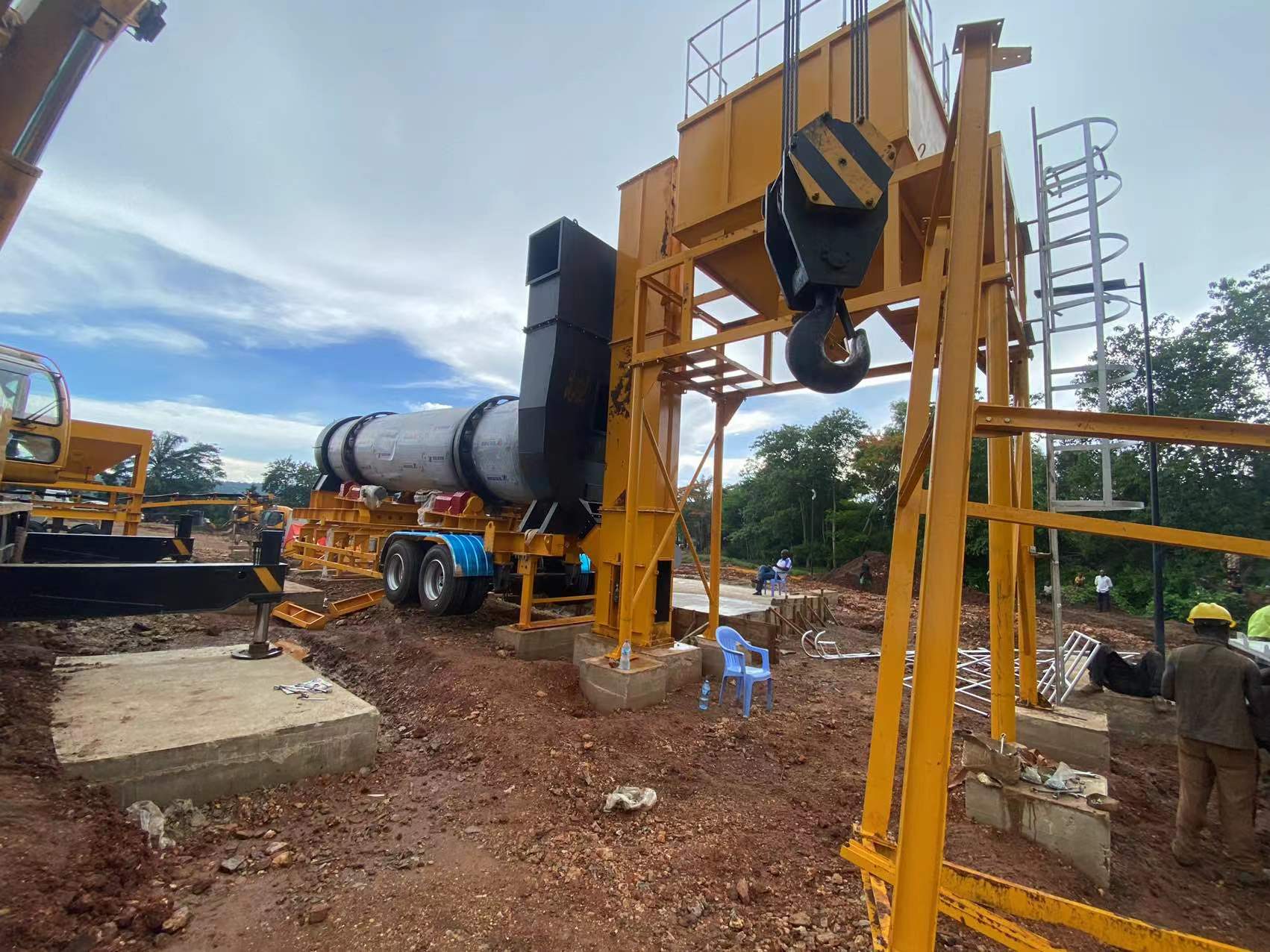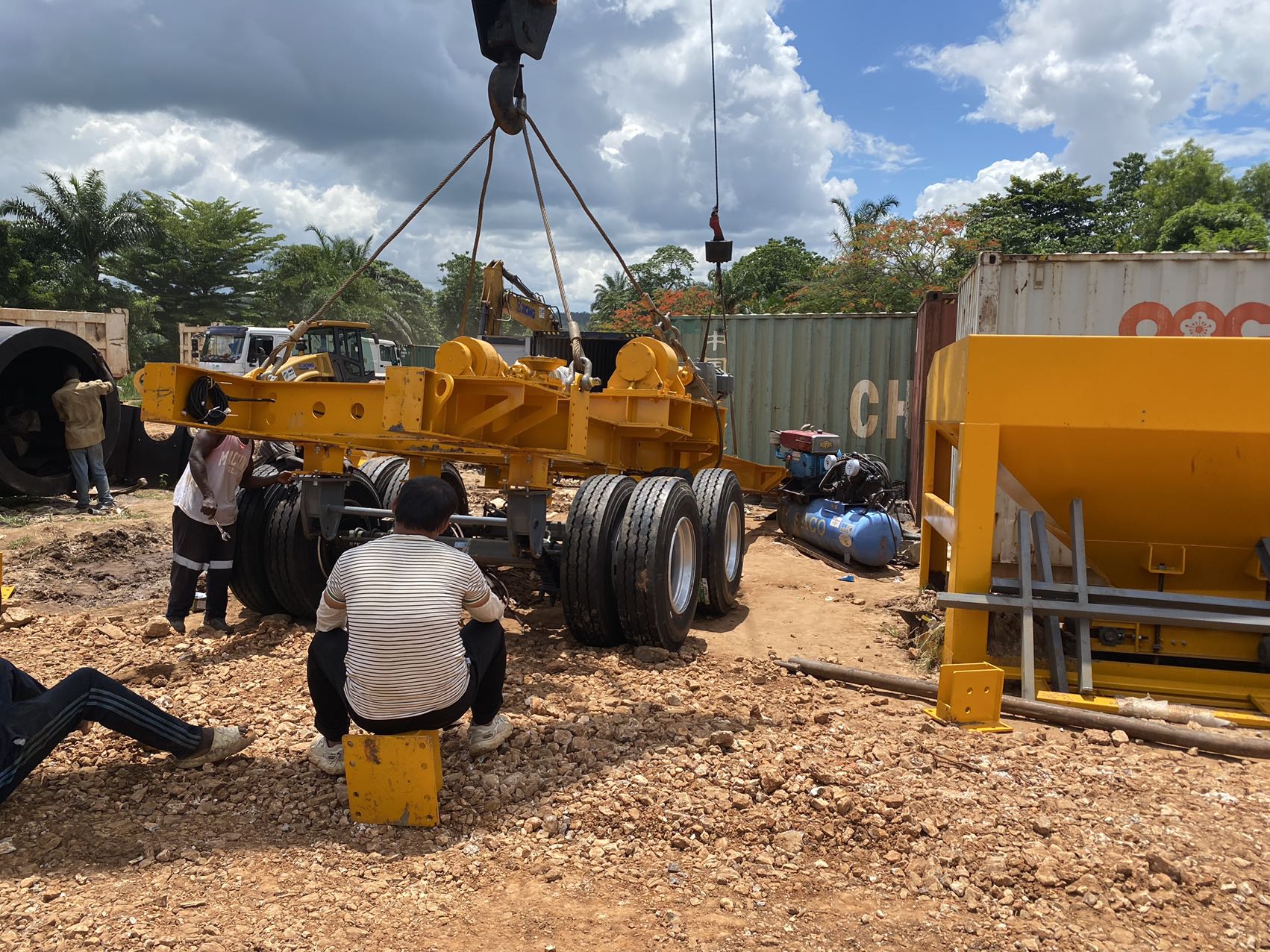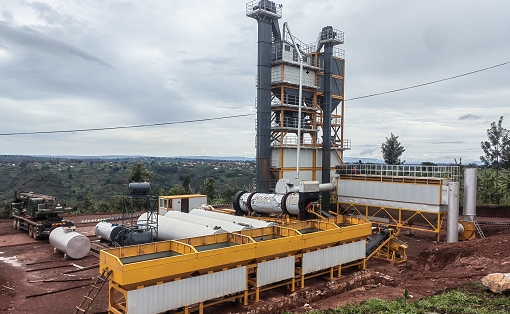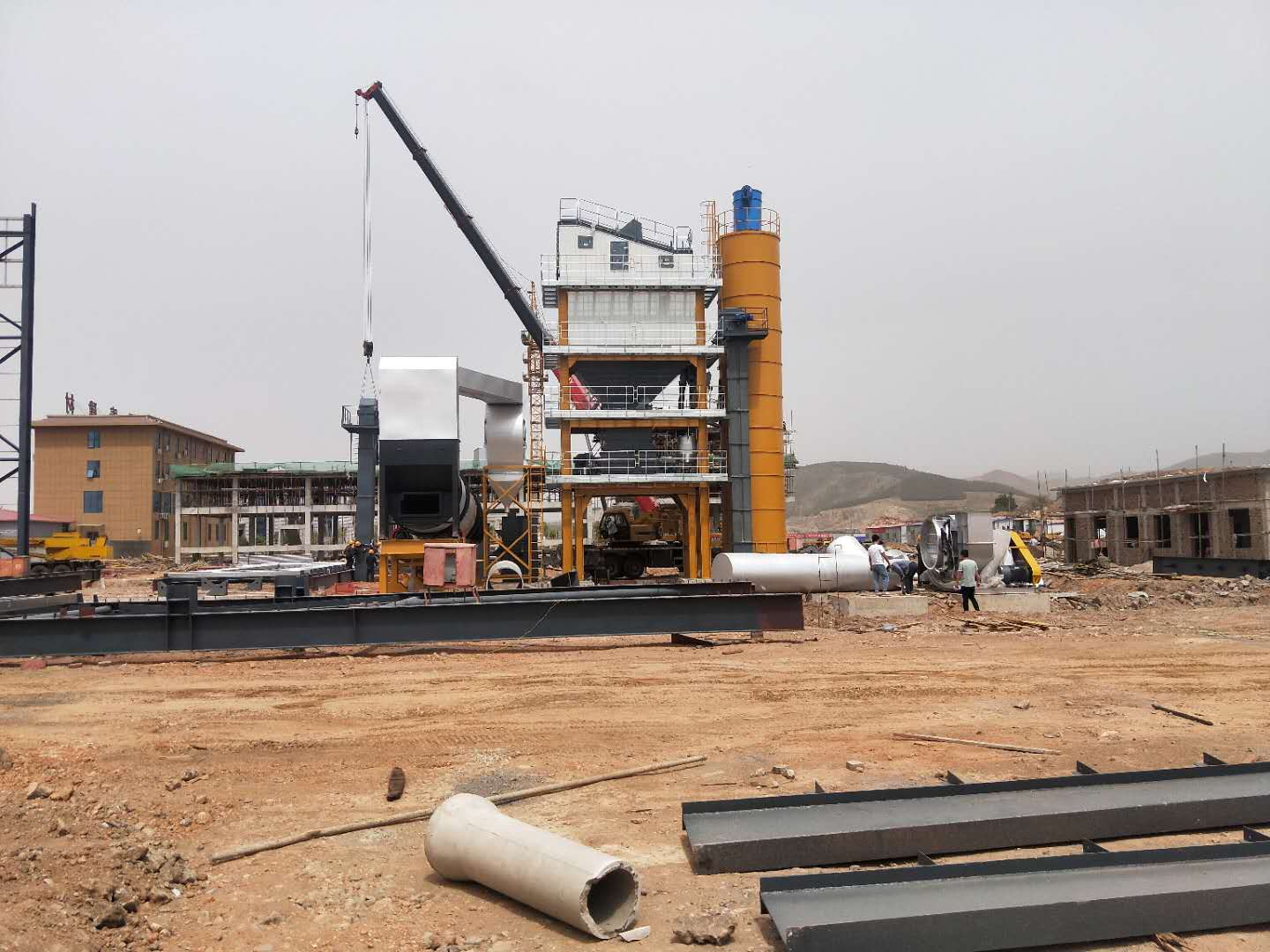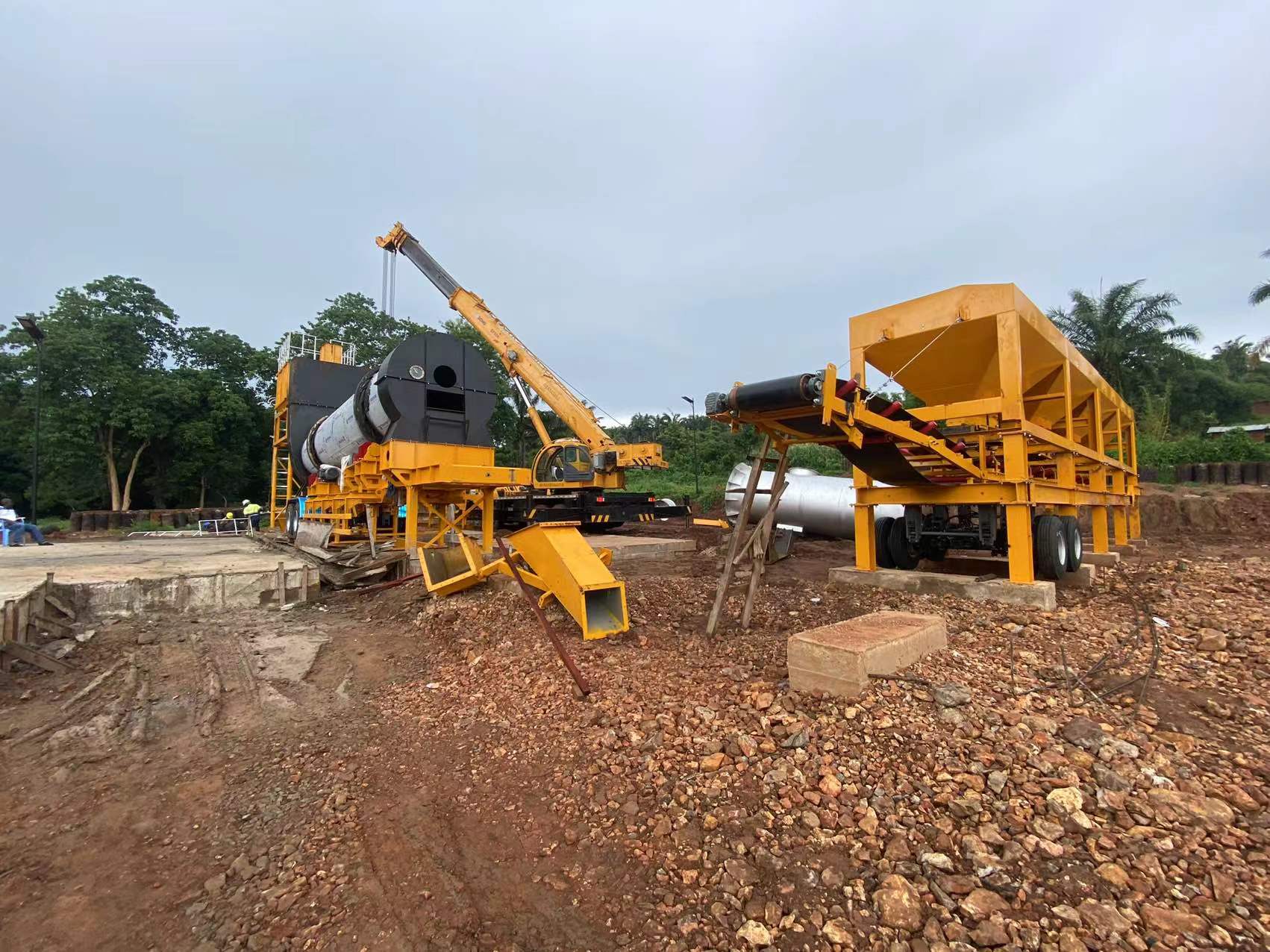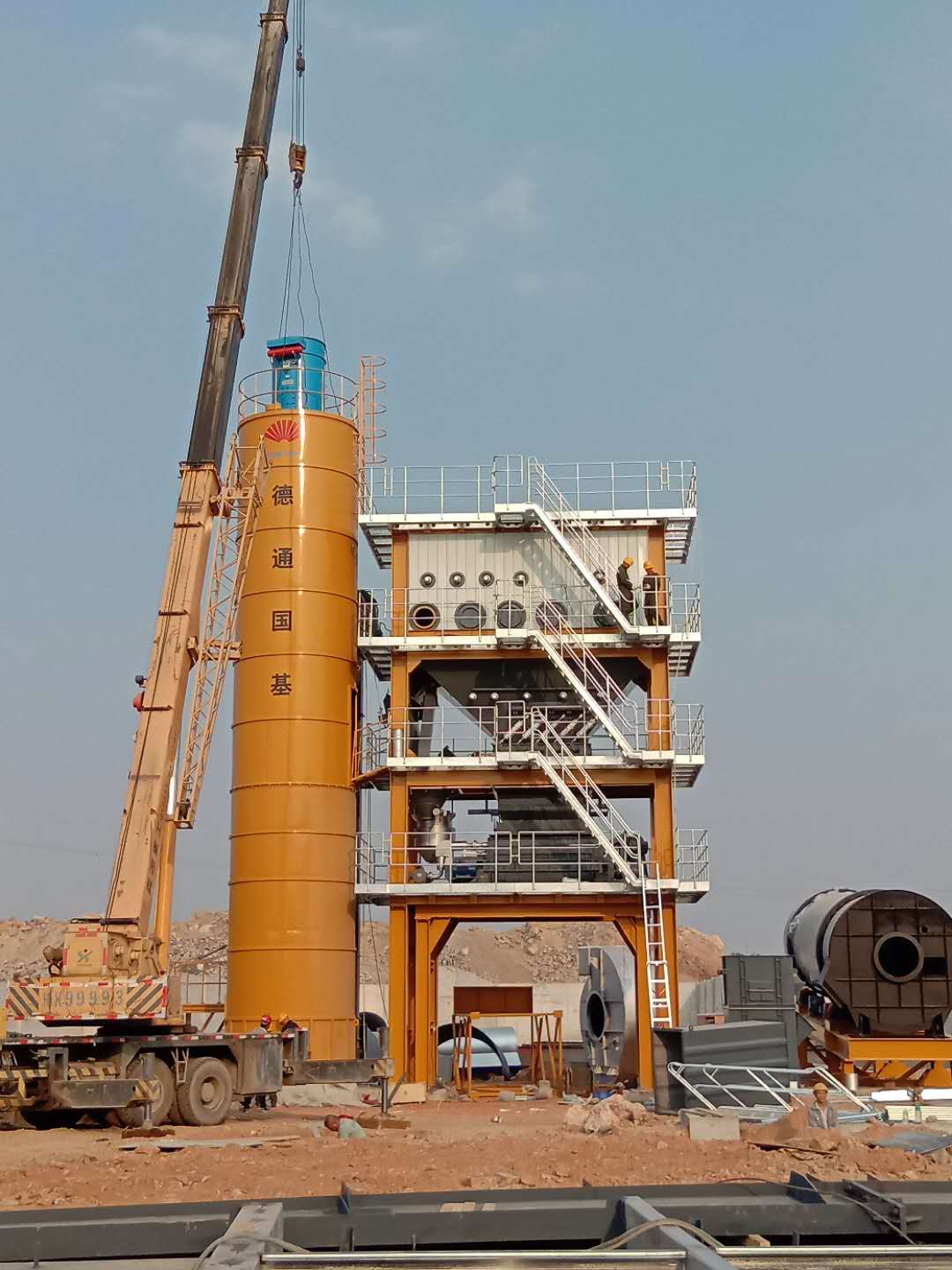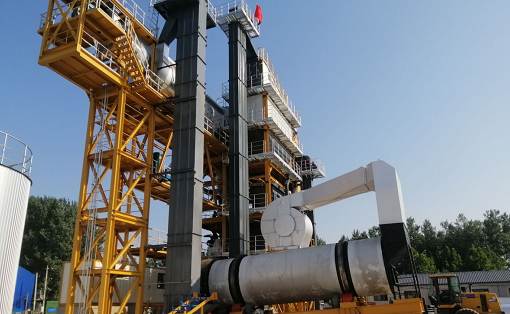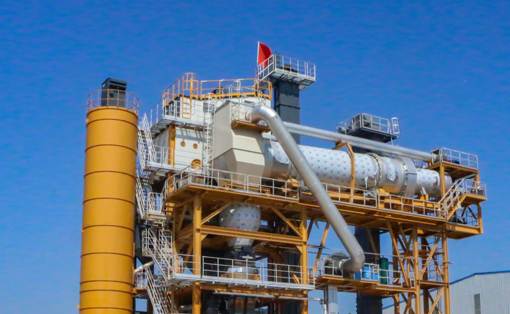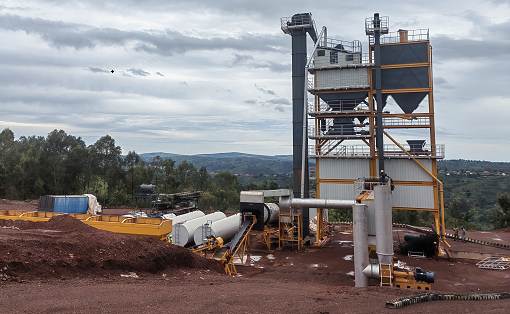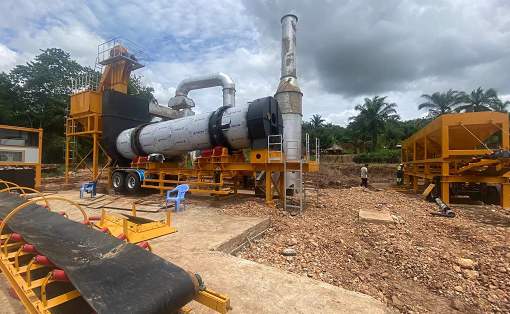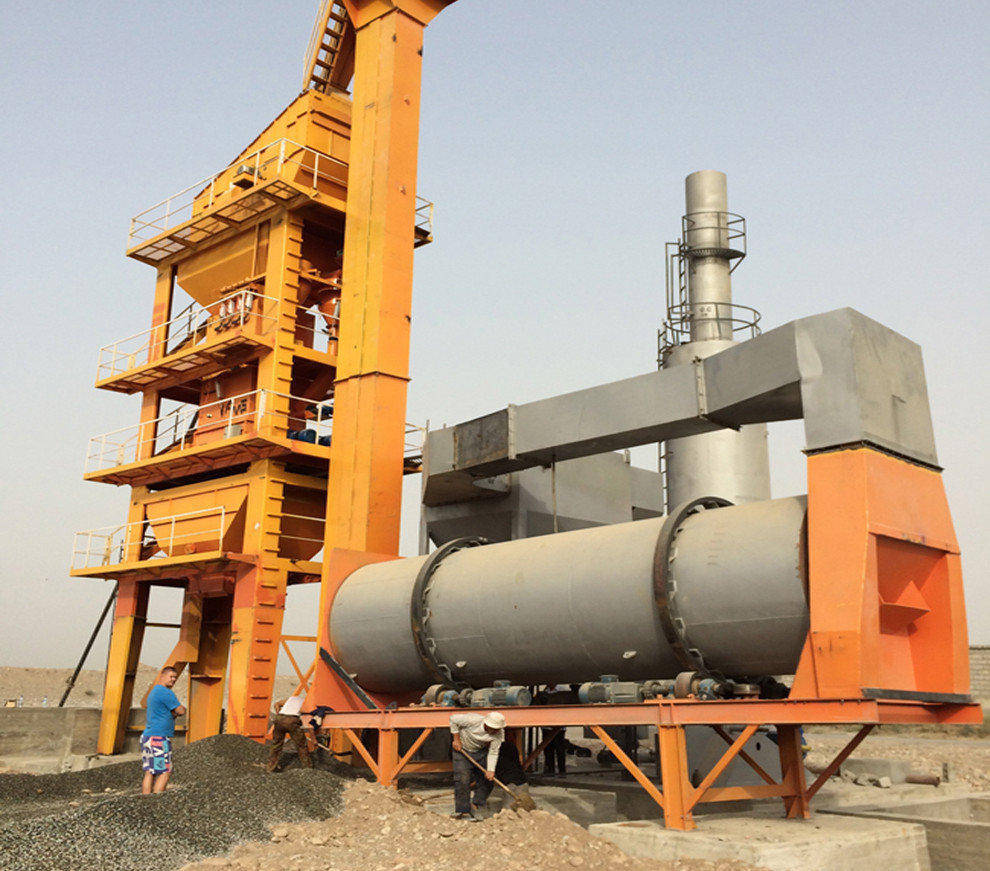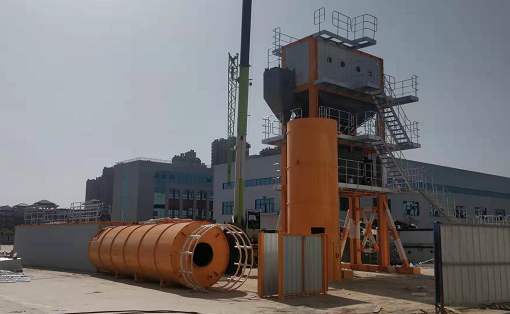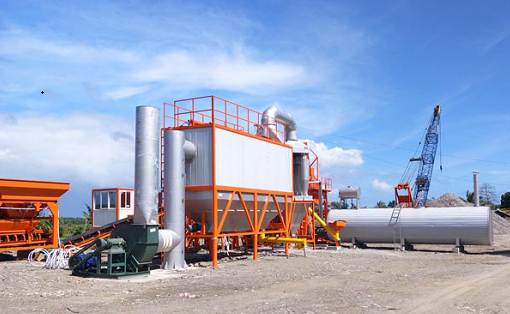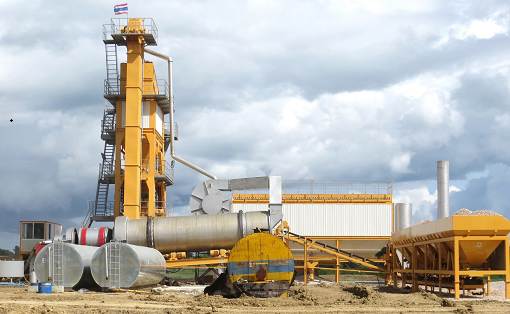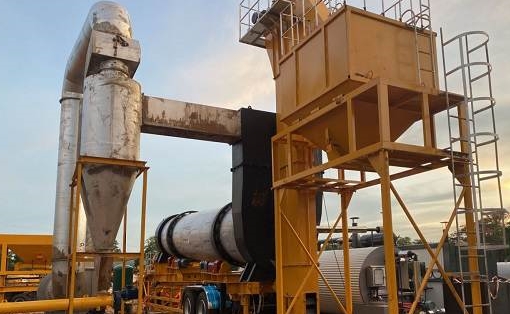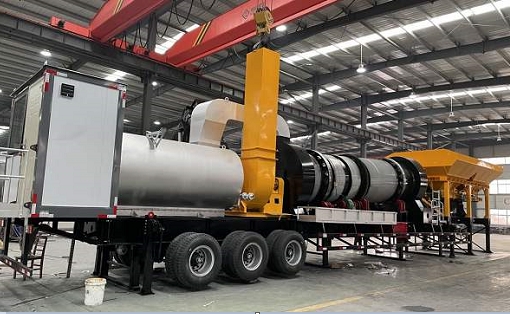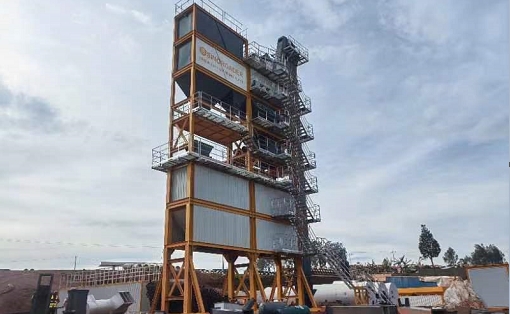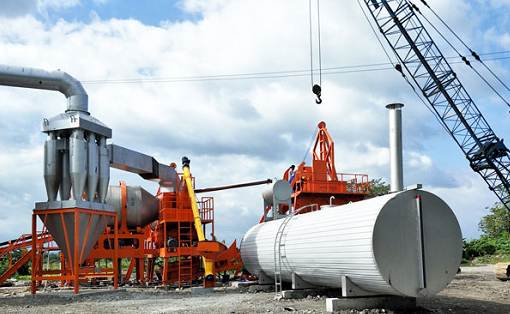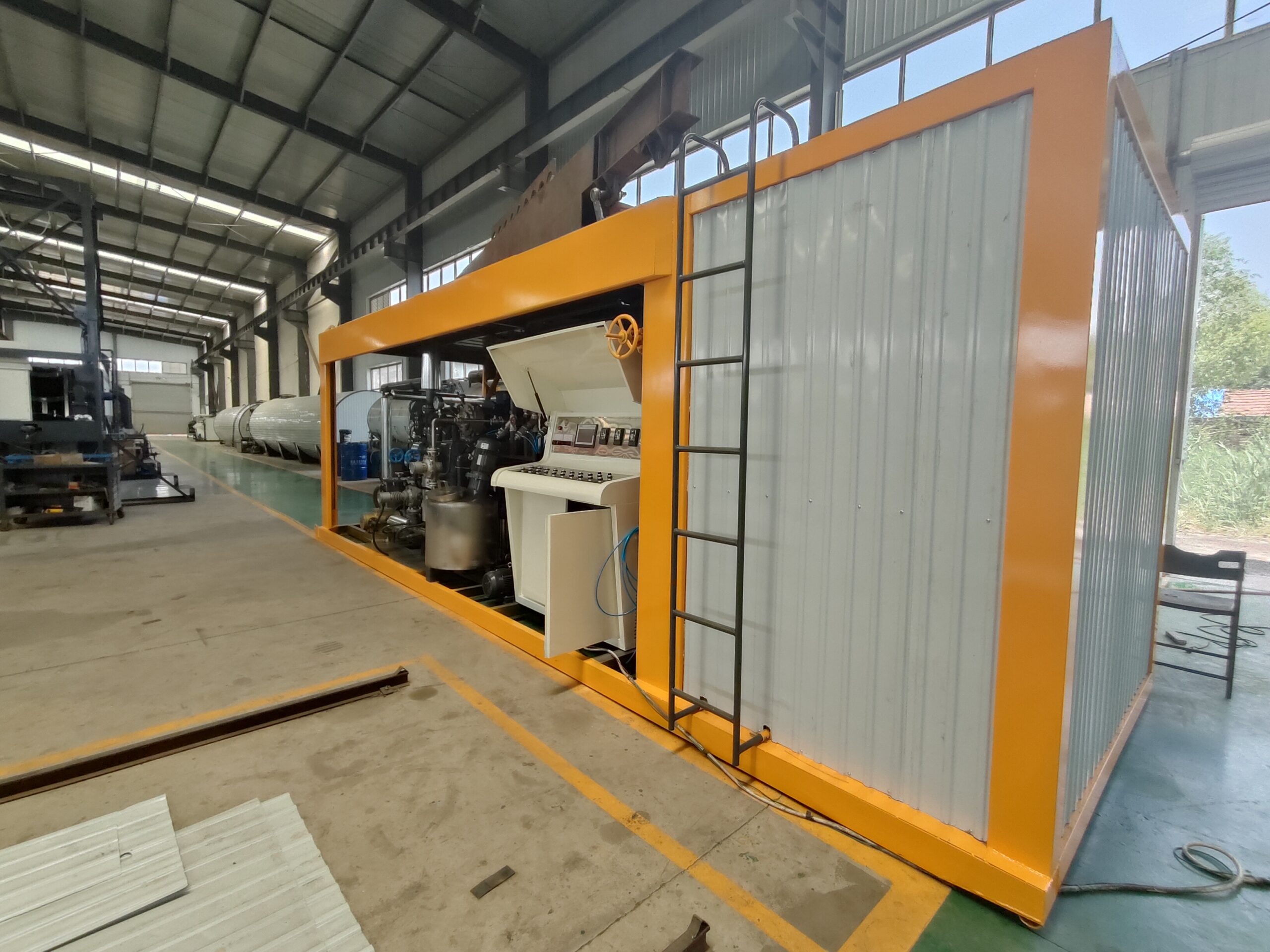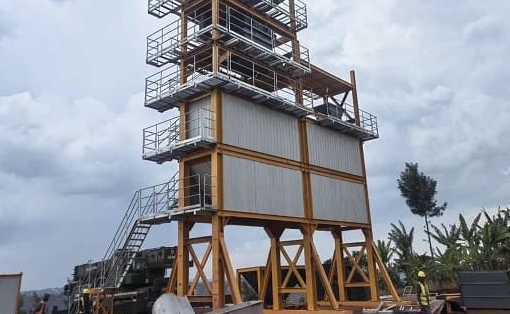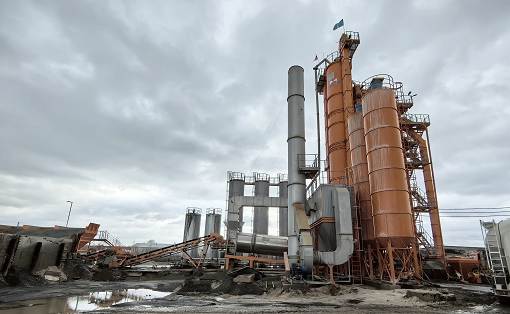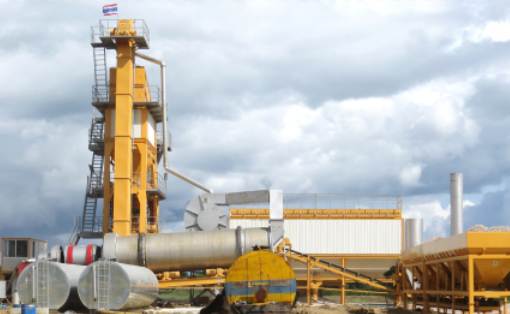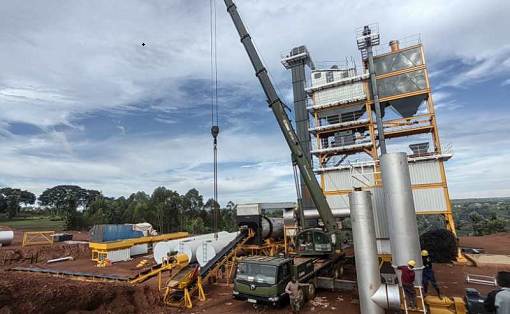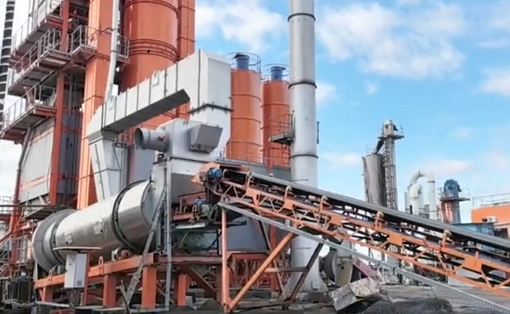There are four major types of gas system failures in asphalt mixing plants
Speaking of asphalt mixing plants, we are not unfamiliar with them. This is a unit equipment specially used for asphalt mixing. In fact, what we really lack understanding of is its gas system. Even the accumulated failures that often occur in the gas system of asphalt mixing plants are not very clear. Facts have proved that only by properly maintaining the various systems of the equipment can efficient production and good benefits be achieved.
The following are four types of gas system failures that often occur in asphalt mixing plants. Let’s analyze the causes of the problems behind the failures one by one.
Speaking of asphalt mixing plants, we are not unfamiliar with them. This is a unit equipment specially used for asphalt mixing. In fact, what we really lack understanding of is its gas system. Even the accumulated failures that often occur in the gas system of asphalt mixing plants are not very clear. Facts have proved that only by properly maintaining the various systems of the equipment can efficient production and good benefits be achieved.
The following are four types of gas system failures that often occur in asphalt mixing plants. Let’s analyze the causes of the problems behind the failures one by one.
1. Failures in the gas source of asphalt mixing plants: In fact, there are more than one type of failure in the gas source of asphalt mixing plants, and it does not occur in one component. The internal air compressor, pressure reducing valve, pipeline, compressed air treatment components, etc. may all have similar failures.
For air compressors, there is often a slow rise in pressure due to damage to the check valve, piston ring, or blockage of the air filter. For pipelines, air leakage may also occur due to joint leakage and hose rupture. The failure of the pressure reducing valve is manifested as the pressure cannot be adjusted high, which is caused by the breakage of the pressure regulating spring or the rupture of the diaphragm.
2. Faults on the reversing valve of the asphalt mixing station: specifically, it cannot be reversed or the reversing action is relatively slow; the valve core sealing ring is seriously damaged; the inlet and outlet holes of the pilot solenoid valve are blocked and cannot be reversed normally, etc.
For the above problems, in addition to checking the working status of the oil mist device and the status of the lubricating oil, you should also pay attention to cleaning each component to keep it clean; in addition, don’t forget to replace the damaged parts in time to reduce the occurrence of problems.
3. Faults of the cylinder of the asphalt mixing station: internal and external leakage of the cylinder; insufficient output force and unstable action; poor buffering effect; damage to the piston rod and cylinder head, etc.; the causes of the problem are also different, and targeted solutions need to be taken after determining the root cause.
4. Failure of pneumatic auxiliary components in asphalt mixing plants: In addition to the different fault manifestations mentioned above, there are also auxiliary devices such as oil mist collectors, automatic drainers, and mufflers in the asphalt mixing plant air system. Under the influence of adverse factors, they will also have different failures, such as the oil mist collector liquid oil droplets cannot be atomized; the oil and water in the automatic drainer cannot be automatically discharged; the sensitivity of the muffler is disturbed, etc.

